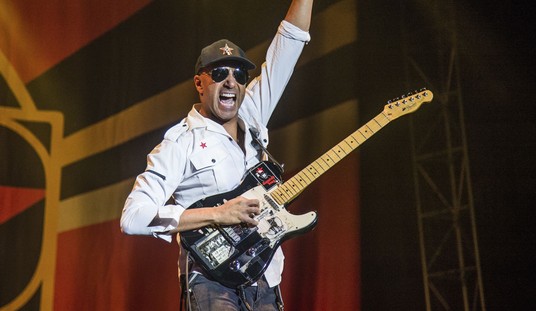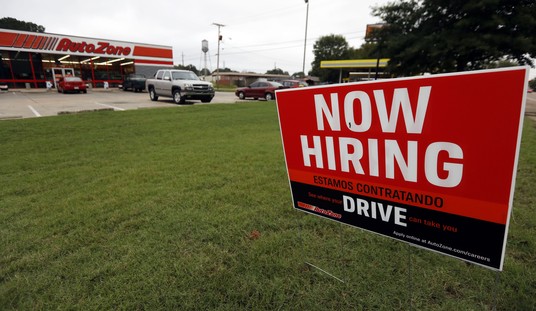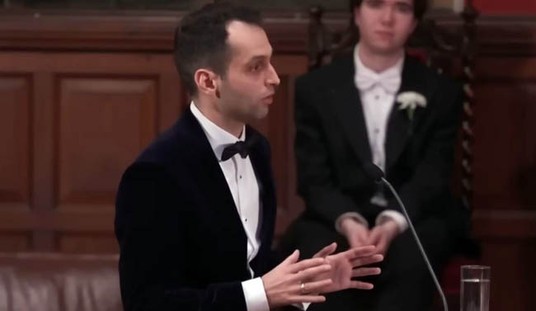Like most bloggers, I have followed Glenn Reynolds at Instapundit since before my first blog post. Many people have the wrong idea about Glenn’s politics, believing him to be mainly a staunch conservative, thanks to his support of the war in Iraq. However, anyone who reads Glenn’s writing, on posts and in essays, know him to be more of a libertarian than a conservative, especially on social issues. He helped start the Porkbusters grassroots efforts as a pushback against earmarking and corruption — an effort that began when Republicans held control of Congress and the White House.
The Tea Party convention provided a kind of Rorschach test for pundits on the Right and Left, who mainly saw their own hopes and fears reflected back from the event. Glenn’s fairly unique perspective and history makes his take on what he saw at the convention a compelling read:
Pundits claim the tea partiers are angry—and they are—but the most striking thing about the atmosphere in Nashville was how cheerful everyone seemed to be. I spoke with dozens of people, and the responses were surprisingly similar. Hardly any had ever been involved in politics before. Having gotten started, they were finding it to be not just worthwhile, but actually fun. Laughter rang out frequently, and when ne w-media mogul Andrew Breitbart held forth on a TV interview, a crowd gathered and broke into spontaneous applause.
A year ago, many told me, they were depressed about the future of America. Watching television pundits talk about President Obama’s transformative plans for big government, they felt alone, isolated and helpless. That changed when protests, organized by bloggers, met Mr. Obama a year ago in Denver, Colo., Mesa, Ariz., and Seattle, Wash. Then came CNBC talker Rick Santelli’s famous on-air rant on Feb. 19, 2009, which gave the tea-party movement its name.
Tea partiers are still angry at federal deficits, at Washington’s habit of rewarding failure with handouts and punishing success with taxes and regulation, and the general incompetence that has marked the first year of the Obama presidency. But they’re no longer depressed.
Instead, they seem energized. And surprisingly media savvy. William Temple donned colonial dress knowing that it would be an irresistible lure to TV cameras. When the cameras trained on him, he regaled interviewers with well-informed discussion of constitutional history. Other attendees were hawking DVDs, books, and Web sites promoting tea-party ideals, while discussing the use of tools like Facebook, YouTube and Twitter for political organizing.
Press attention focused on Sarah Palin’s speech, which was well-received by the crowd. But the attendees I met weren’t looking to her for direction. They were hoping she would move in theirs. Right now, the tea party isn’t looking for leaders so much as leaders are looking to align themselves with the tea party.
Be sure to read the entire essay. Glenn frames the Tea Party as the realization of the campaign promises of Barack Obama — real hope, and real change from a political system that has mostly focused on aggrandizing its own power for the last several decades. As I wrote earlier, the Tea Party may have started in angry reaction to a hard-Left agenda of collectivism, but it’s now an optimistic effort to return to the American principles of individualism and opportunity.
Make sure to read Glenn’s report on the rise of Les Phillip and Angela McGlowan, too. These are future leaders looking to align themselves with the tea party, and not the other way around.









Join the conversation as a VIP Member